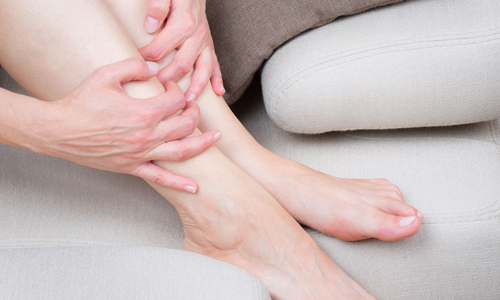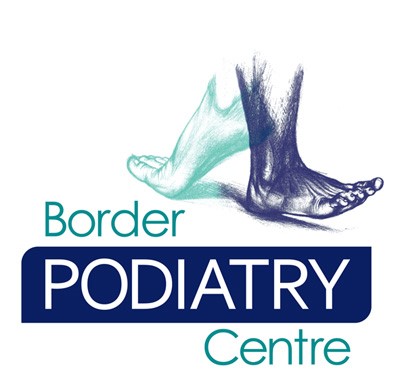

Here at Border Podiatry Centre, we are committed to keeping you on your toes: footloose, fancy-free and putting your best foot forward.
It’s no secret however that one of the most common complaints we hear about in our practice, aside from those relating to our overuse of foot-related puns, is the problem of heel pain. Presenting in the form of sharp pain under the heel or in the arch, heel pain is a slow-healing condition which makes walking a painful ordeal for a significant portion of the population.
While there are a number of different complaints associated with the heel, including Achilles tendinitis and heel spurs, by far the biggest cause of heel pain is plantar fasciitis, the inflammation of the band of plantar fascia tissue which runs from the toes to the heel.
Commonly appearing in people who have either flat feet or high arches, plantar fasciitis can also be caused by prolonged periods of standing, particularly on hard surfaces, or wearing non-supportive footwear. While it is linked to individuals who are overweight, it also affects long distant runners, to the extent that 10% of all running injuries stem from the condition.
When put under pressure from strain and overuse, the plantar fascia band becomes irritated and then inflamed. The pain is generally at its worst after periods of rest, like sleeping or long spells of sitting, when the ligament tends to shorten and tighten up. As the foot warms up, the plantar fascia band stretches out and loosens up, so that the sharp pain becomes more of a dull ache.
So how do you treat plantar fasciitis?
Because it is a condition caused mainly from overuse, the recommended treatment plan involves resting the foot for at least six weeks. Not an easy task given that much of daily life involves walking around! Stretching the affected area and related calf muscles is also important, and applying ice to the foot several times a day can also help ease the inflammation. Individuals who suffer from the condition should avoid walking anywhere– yes, even to the bathroom in the morning – without wearing shoes.
If you think that the pain in your heels could be linked to plantar fasciitis, then our team of experts here at Border Podiatry Centre are the right people to get you back on your feet. As plantar fasciitis shares similar symptoms with conditions like nerve impingement, tendonitis and inflammatory arthritis, it’s essential that our qualified podiatrists fully assess your situation to get to the bottom of what is causing your heel pain.
If your complaint is the result of either flat feet or high arches, then getting you fitted for a pair of custom-made orthotics will be a priority in helping your feet to recover. Our podiatry team will also design a program of exercises to rehabilitate your strained ligaments, while offering advice and information regarding the management of pain and the fastest route to recovery. Let us tend to your tendons and heal your heels, then you’ll be in the best position to run from our puns!
